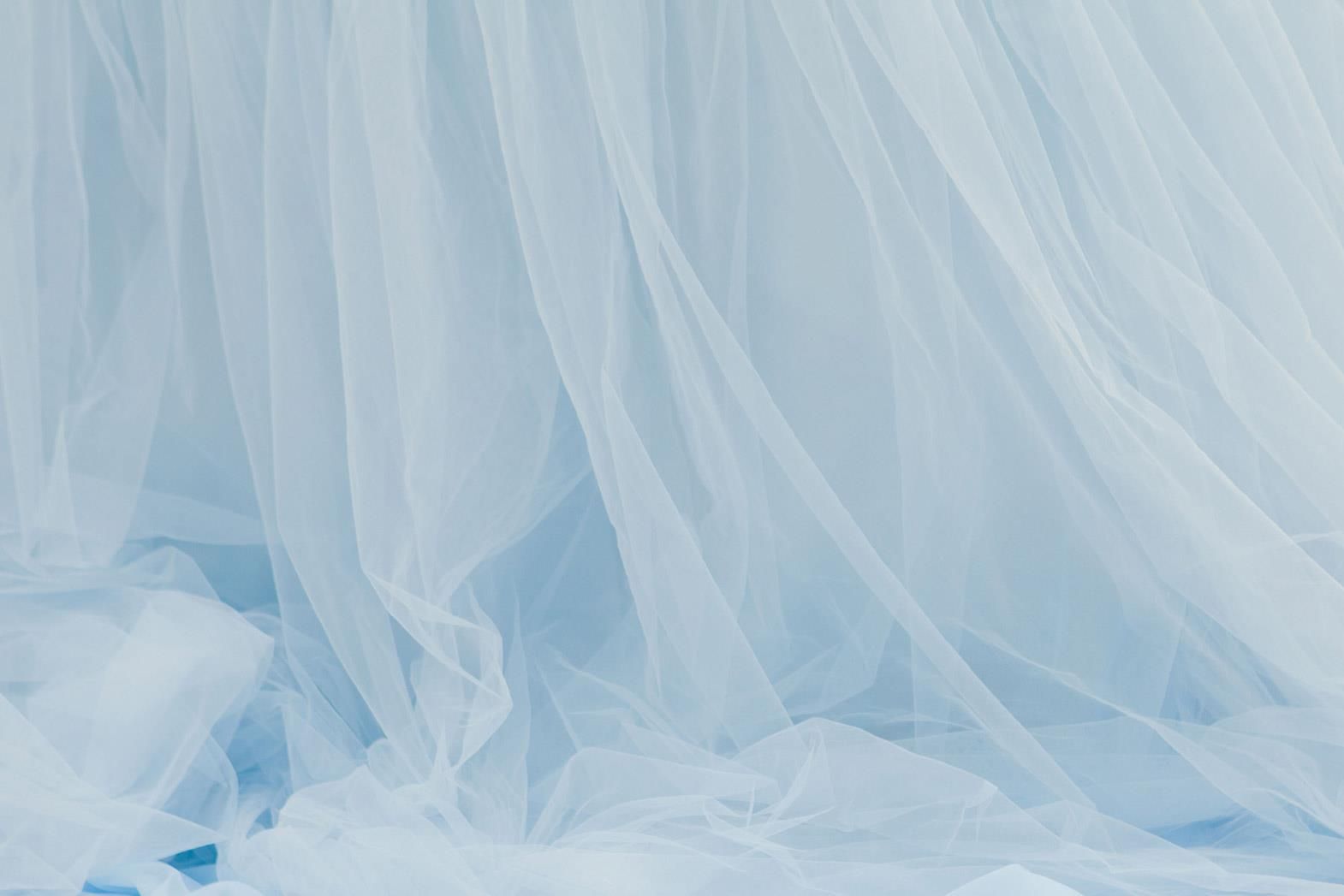The season's trend spreads towards sheer fabrics, celebrating curves in a sophisticated way.
Sheer fabrics are the one that are transparent. Voile, chiffon, batiste, organdy, georgette, gauze, and dotted Swiss are a few to name. Pretty, and feminine, sheer fabrics are fragile and delicate. These see-through fabrics bring in the element of lady-like glamour, emphasizing womanly curves. The transparency of the textile allows the inside part of the costume and physique visible from the outside.
Sheer, and see-through fabrics are made using thin threads or low-density knits, creating a semi-transparent and flimsy fabric. The fabric's sheerness is expressed as numerical denier ranging from 3 for very rare and thin fabric up to 15 (used in stockings), and 30 which is semi-opaque fabrics. French or self-bound seams are most used in these textiles.
Seasoned with creativity, and taking its inspiration from the 20s clothing, sheer fabrics have gone through a magical transformation from being a mere seasonal accent into an ever-green fashion trend. During the 60s, French fashion designer Yves Saint Laurent popularized transparent fabrics. In the late 90s, fashion's focus was on emotions, values, and the individuality of the designers. During these years, sheer fabrics were used for both ornamental and practical purposes.
Soft sheer fabrics such as chiffon are silky in nature and make good drapes. Crisp sheers have more body and are easier to handle. Fabrics made from man-made fibers are more slippery than the natural ones. Most commonly used in designs that are loose, flowing or with an oversized silhouette, transparent textiles prove an inspiration of the finest workmanship.
Frocks, singlets, layers, and shirts, sheer fabrics give a demure and sweet look to the outfit. More often used in frilly layers, or paneled insets, the fabric gives a light and floating appearance to the clothes. Sheer fabrics also inspire the creativity of fashion designers. These fabrics find creative applications in stockings, tights, lingerie, dancewear, and even in formal apparels. Originally popular during the 1920s sheer fabrics have found their way to the fashion limelight much recently.
Initially sheer fabrics were used in chest baring outfits by the ramp walk models to highlight their shoulders, and give a long appearance to their legs. But now, sheer fabrics can be seen highlighting and accenting every fashion savvy womens figure. Transparent fabrics are also used in fabrication of negligees, making a hot fashion trend for 2012-13.
Laces, an extension of the sheer fabric trend brings in an air of sultry and romance. Crochet is another manifestation of this trend. Used in the form of westie-luxe pieces, singlets and frocks exposing the skin give a kind of 'cool' look. Be it, creating an eye catching effect with a transparent chiffon dress, or a conservative version with sheer ruffles, elegance is the real key to wear sheer fabrics. A contrast top or dress under the sheer blouse will give the feeling of being dressed, and also look trendy.
Material and fabrics play a crucial role in the creation of appealing outfits. Sheer fabrics have a fullness and softness that make most of the costume. They are lovely to touch and wear. Draping in a captivating way, sheer fabrics add a touch of elegance to any product.
References:
Fashionising.com
Fashionz.co.nz








Comments